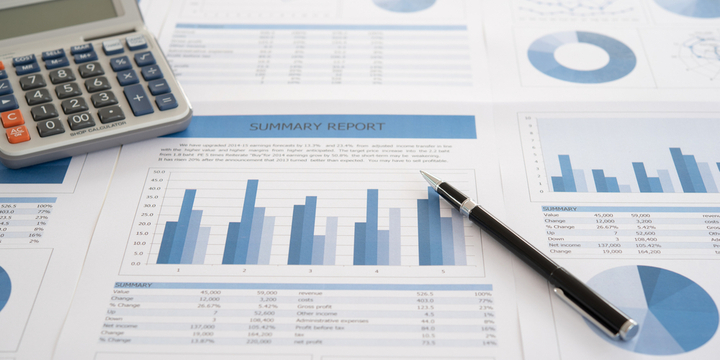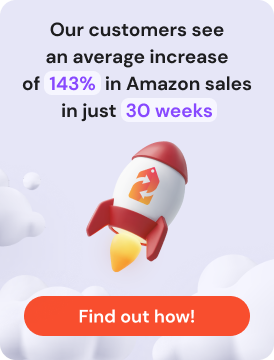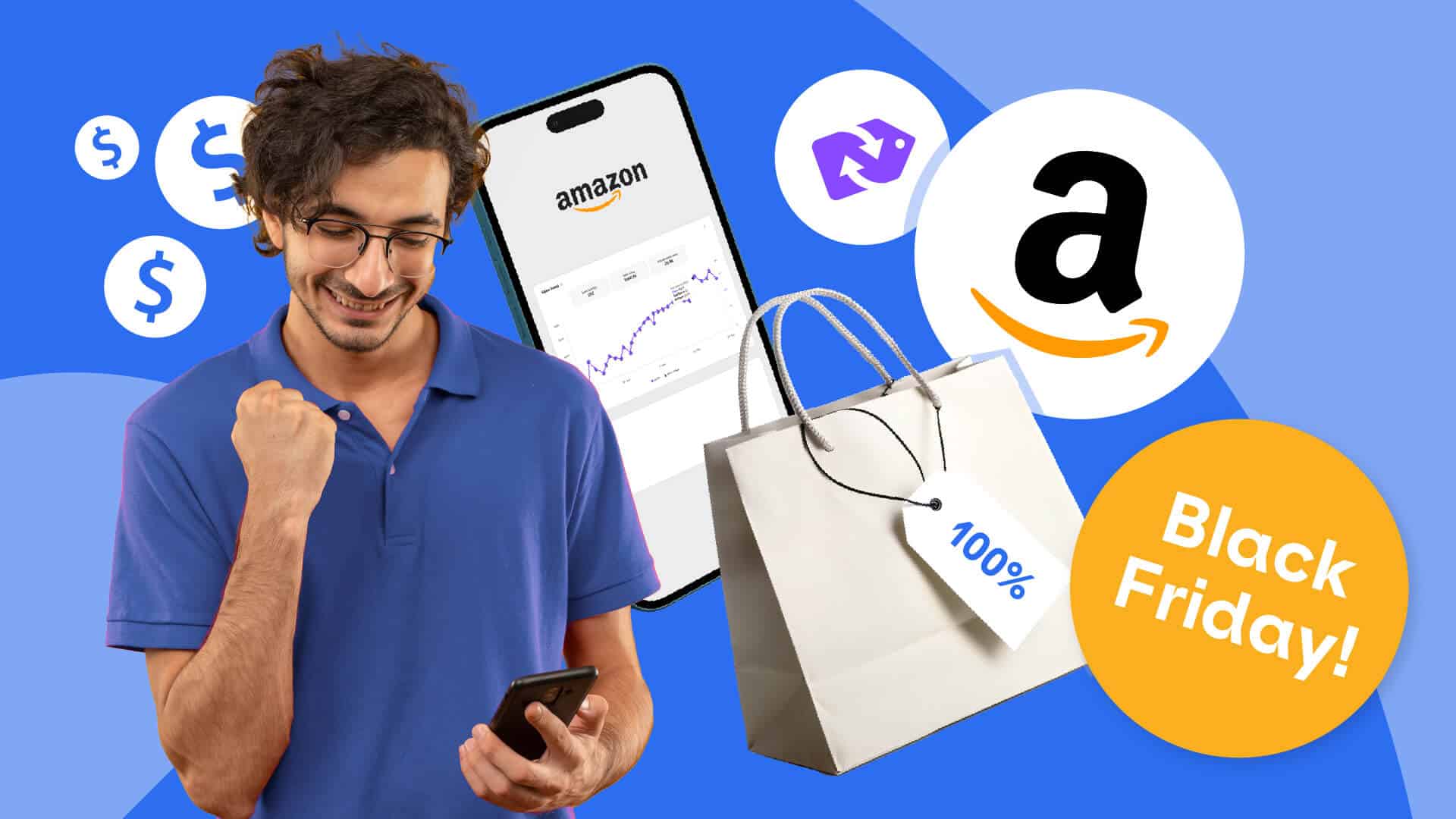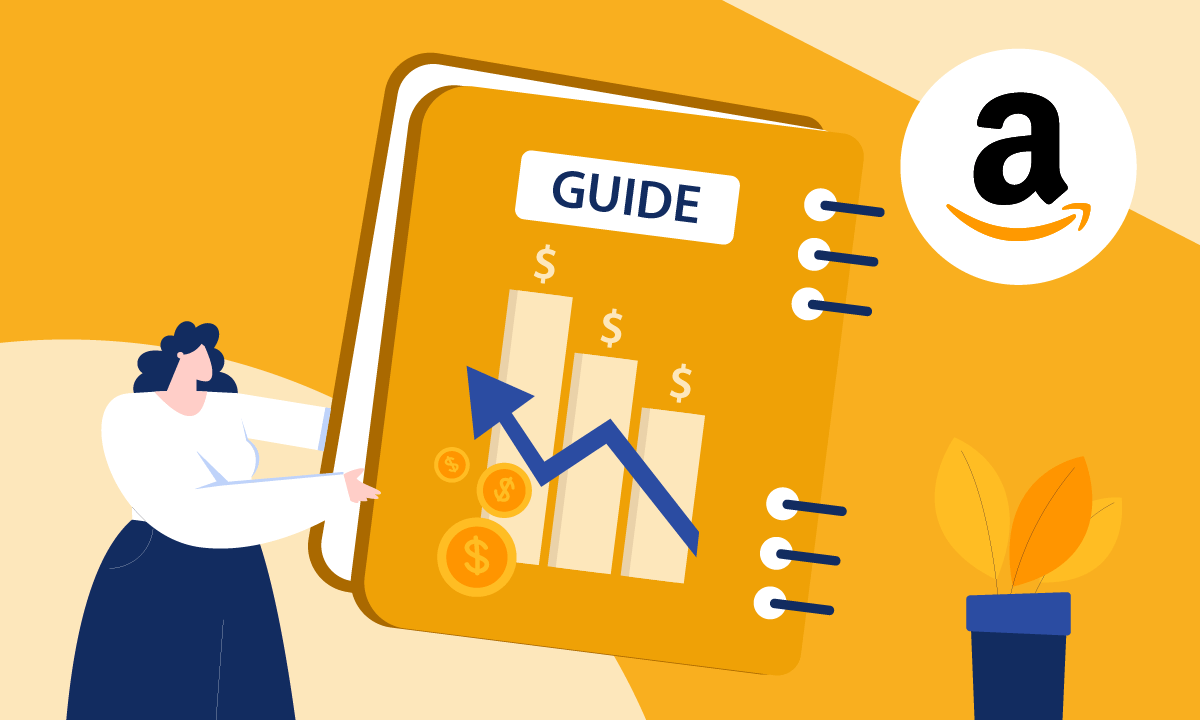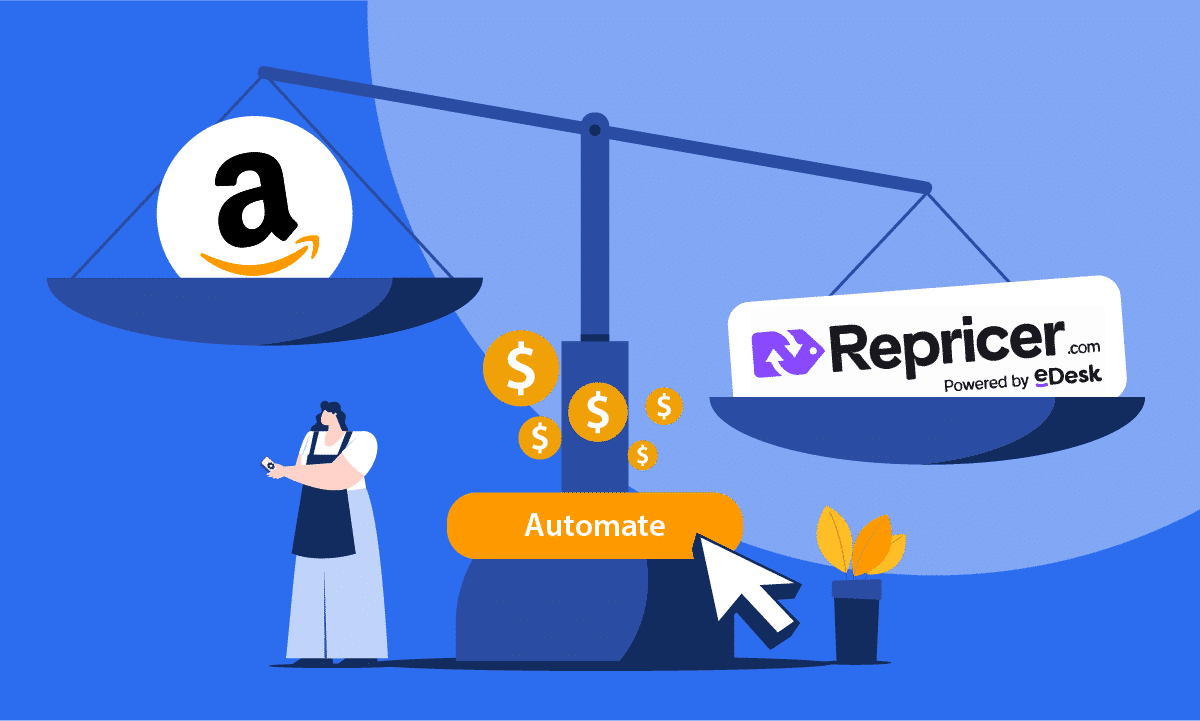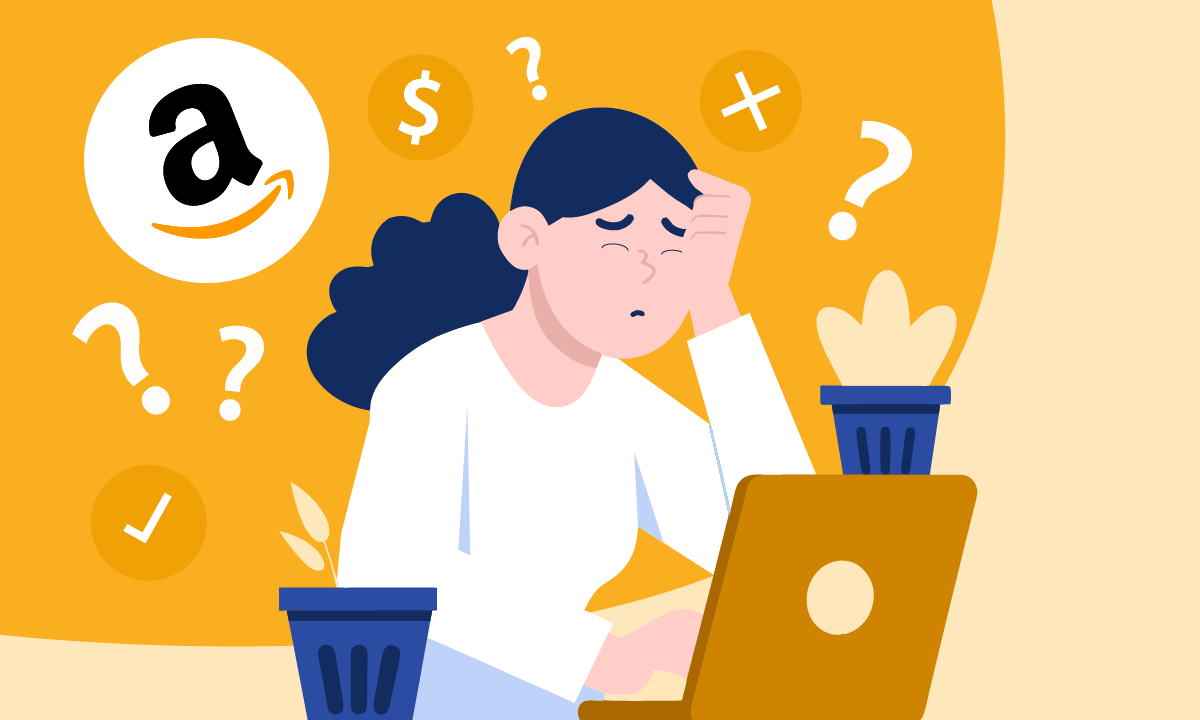A lot has happened to, and with, Amazon since Jeff Bezos started the business in his garage in 1994, with the first order (a book) coming the next year. Since then, Amazon’s grown to one of the biggest, richest and widest-spreading companies. To help you improve as a seller, Repricer.com has the top Amazon statistics in 2020 you need to pay the most attention to.
1. Amazon Owns a HUGE Share of the US Ecommerce Market
In 2018, Amazon sales totalled 5% of all retail sales in the US. That doesn’t sound like much until you filter for online shopping, and then Amazon’s shares jump to a whopping 49%. That’s almost half of all ecommerce sales. And with Covid-19 that figure is expected to increase again in 2020.
To get a different idea of how staggeringly large of a share that is, the next three competitors combined don’t come close to matching that. And they’re no slouches, either, with the next three on the list being eBay (6.6%), Apple (3.9%) and Walmart (3.7%).
How you can use this to your advantage: This means you’ve got access to a giant pool of online shoppers, so make good use of all that visibility.
2. It’s Mobile App is in Heavy Use, Too
While more and more people are shopping with mobile devices instead of desktop ones, not all of them are using the retailer’s app. That’s not the case with Amazon, as 150.6 million people used the Amazon app in September 2019 alone. Remember how Walmart was one of Amazon’s competitors for total US ecommerce shares? They pale in comparison here, with only 76.45 million users during the same time.
How you can use this to your advantage: Design your product pages to be mobile-friendly so users on phones and tablets can shop with ease and security.
3. Amazon Users Really, Really Like Prime
Amazon Prime, the paid subscription service that offers fast shipping times and an A-to-z guarantee, is popular with consumers and only becoming more so. In Q4 of last year, over 150 million people paid the monthly fee to be Prime members. That might not sound like a lot until you compare it with the 100 million members in April 2018.
How you can use this to your advantage: Make sure your products are Prime-eligible, whether that’s through Fulfilled by Amazon (FBA), Seller-Fulfilled Prime (SFP) or some other fulfillment method, so you can get that badge on your listings.
4. Most People Price-Check on Amazon
While Amazon’s share of the US ecommerce market may be 49%, there are far, far more people who go on Amazon to browse prices at a minimum. How much more? About 90% of shoppers will use Amazon at some point in their purchasing process to confirm the best price.
How you can use this to your advantage: Use an Amazon repricer tool to ensure you have the most competitive prices all the time. You’d never want to lose out on a potential sale at 2am because you were asleep and couldn’t manually update prices.
5. The Most Popular Amazon Category Is…
Electronics, and by a landslide, too. In 2019, 44% of US Amazon shoppers made purchases in the Electronics category. Clothing, Shoes & Jewelry was hot on its heels with 43% and Home & Kitchen rounded out the top 3 with 39%. However, Electronics is a hugely popular category, which may or may not work for you.
How you can use this to your advantage: If you have a high sales volume and rely on numbers instead of percentages for your profit margins, popular categories could be a fit. If not, leave the cutthroat competitiveness to other sellers.
6. Don’t Put All Your Eggs in One Basket
While Amazon is one of the easiest platforms to sell on in terms of ease of use, visibility, traffic and available resources, there are plenty of other platforms, too. This helps spread out your inventory in case it takes a hit in one area and needs to rely on the others to compensate.
How you can use this to your advantage: Look into omnichannel selling if it works for you so you can absorb losses by compensating with gains in other markets. Plus, you’ll also be able to see which platforms work best for you individually, and that may not include Amazon.
7. Not Every Amazon Seller is a Native Seller
More than half of Amazon’s sales come from third-party sellers, which is music to the ears of small and medium businesses. Amazon is an excellent platform to list their products on and take advantage of everything appealing about Amazon to its users.
How you can use this to your advantage: With more and more third-party sellers, the number of counterfeit and hijacked listings goes up. Check if brand registry is an appropriate solution to help protect you from unscrupulous sellers.
Reprice on Amazon with Repricer.com
No matter which Amazon statistic for the rest of 2020 mattered most for you, there’s always one area that every single Amazon seller needs to think about: competitive repricing. With Repricer.com in hand, that becomes super easy. The data-driven approach helps you set pricing rules that work for you so you don’t have to bother with manual repricing. But if you’re not using it, sign up right now and we’ll start you with a free trial.
